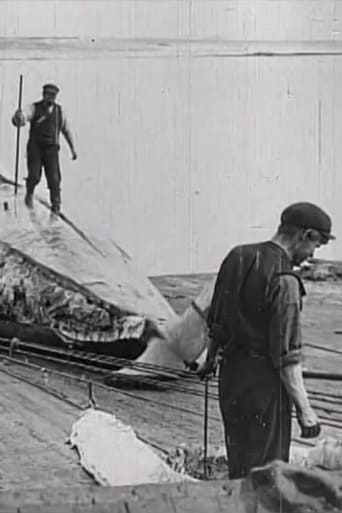

"Whaling Afloat and Ashore" is interesting for being an early documentary film. Of course, the heritage of the documentary dates back to the beginning of cinema with the actuality films, but such a film as "Whaling Afloat and Ashore" is more advanced; it deals with its subject with more depth and its narrative is more elaborate. R.W. Paul and his studio Paul's Animatograph Works had contributed previously to the development of the documentary film. In 1895, Paul and then assistant Birt Acres filmed "Rough Sea at Dover", which predated the actuality films of the Lumière brothers and the introduction of cinema. Shortly thereafter, Paul, like other producers, would release several thematically linked actuality scenes with the intention that exhibitors would show them together, such as Paul's cameraman Henry Short's 14-scene "A Tour of Spain and Portugal" (1896). "Army Life" (1900), at 33 scenes, was even more ambitious.One of the studio's longest and surviving documentaries is of the "Aberdeen University Quarter Centenary Celebrations" (1906), which lasts 31 minutes. Yet, its length compounded by the lack of structure, or even intertitles, makes it almost unwatchable as entertainment. "Whaling Afloat and Ashore" is a vast improvement. It's similar to another early documentary "A Visit to Peek Frean and Co.'s Biscuit Works" (1906), which has been available on the Movies Begin home video series. In both, scene dissection is fluid, and with the addition of explanatory title cards, these films attain a pacing that captures interest. They are not, as with other early films, a series of boring long shots where all the filmmakers did was record. Additionally, both films are about a process--in this one, the process is industrial whaling. The film shows the harpooning of a whale at sea, then ashore, the assembly-line techniques of cutting the whale up, and it concludes with some shots of the workers at play.Another point is that, aside from the shots of the workers at play, which may somewhat be staged for the camera, this documentary takes an objective perspective of things that would, one assumes, take place much the same way if the camera weren't present. There was no controversy over whaling then to even add a political element to the film. This objectivity and observation of real, non-staged happenings is in stark contrast to later documentaries such as "In the Land of the Head Hunters" (1914), "Nanook of the North" (1922), or the films of Merian Cooper and Ernest Schoedsack.
... View More